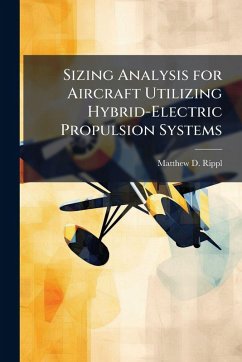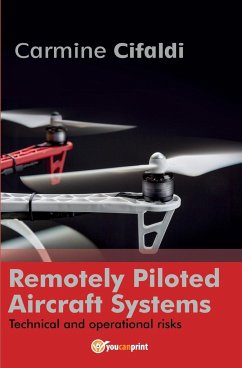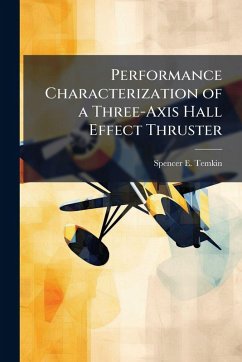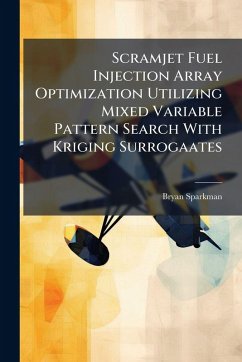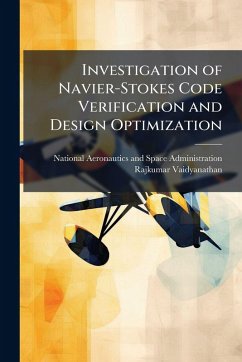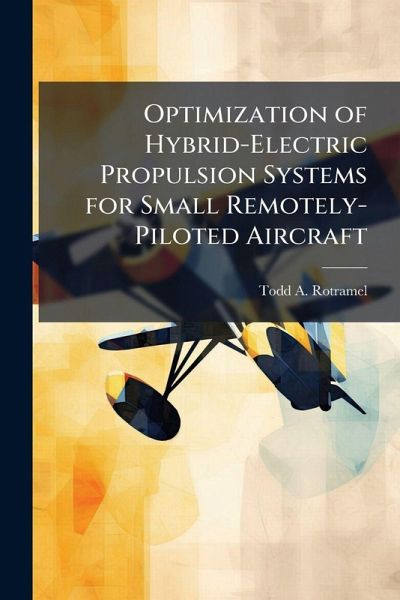
Optimization of Hybrid-Electric Propulsion Systems for Small Remotely-Piloted Aircraft
Versandkostenfrei!
Versandfertig in über 4 Wochen
18,99 €
inkl. MwSt.
Weitere Ausgaben:

PAYBACK Punkte
9 °P sammeln!
Small electric-powered remotely-piloted aircraft (RPA) used by today's warfighters for intelligence, surveillance, and reconnaissance (ISR) missions lack desired endurance and loiter times, while the acoustics and thermal signatures of those configured with internal combustion engines (ICE) may make them unpractical for ISR. Outfitting RPA with parallel hybrid-electric propulsion systems (H-EPS) would meet the military's needs by combining the advantages of both systems while reducing fuel consumption and environmental impacts. An analysis tool was created, using constrained static optimizatio...
Small electric-powered remotely-piloted aircraft (RPA) used by today's warfighters for intelligence, surveillance, and reconnaissance (ISR) missions lack desired endurance and loiter times, while the acoustics and thermal signatures of those configured with internal combustion engines (ICE) may make them unpractical for ISR. Outfitting RPA with parallel hybrid-electric propulsion systems (H-EPS) would meet the military's needs by combining the advantages of both systems while reducing fuel consumption and environmental impacts. An analysis tool was created, using constrained static optimization, to size the H-EPS components. Based on the RPA's required power and velocity for the endurance phase, an electric motor (EM) can be designed or selected and matched with a commercial off-the-shelf (COTS) propeller for maximum efficiency. The ICE is then sized for the RPA's required power and velocity for the cruise phase. This work has been selected by scholars as being culturally important, and is part of the knowledge base of civilization as we know it. This work was reproduced from the original artifact, and remains as true to the original work as possible. Therefore, you will see the original copyright references, library stamps (as most of these works have been housed in our most important libraries around the world), and other notations in the work. This work is in the public domain in the United States of America, and possibly other nations. Within the United States, you may freely copy and distribute this work, as no entity (individual or corporate) has a copyright on the body of the work. As a reproduction of a historical artifact, this work may contain missing or blurred pages, poor pictures, errant marks, etc. Scholars believe, and we concur, that this work is important enough to be preserved, reproduced, and made generally available to the public. We appreciate your support of the preservation process, and thank you for being an important part of keeping this knowledge alive and relevant.



